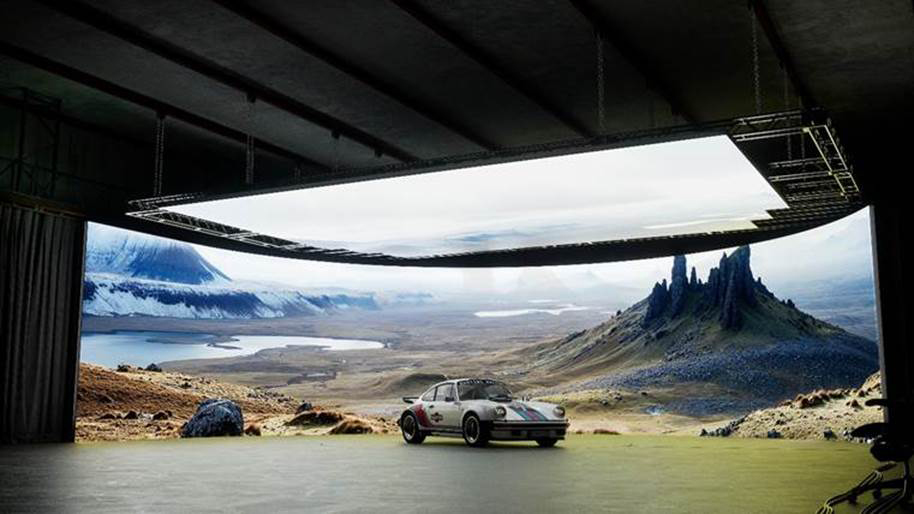The James Webb Space Telescope brought us insane pictures of the cosmos in 2022
Images from NASA's James Webb Space Telescope reignited our fascination with astrophotography and learning about the universe – these are some of its best images so far
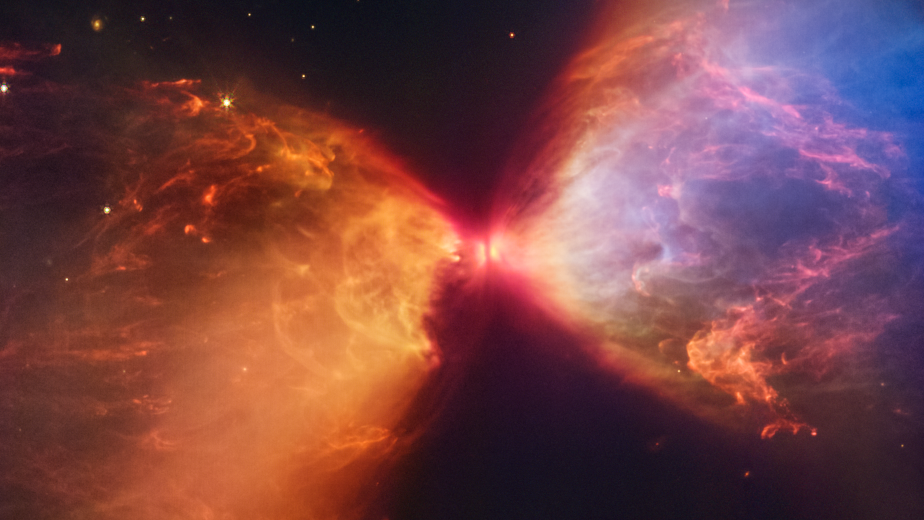
The James Webb Space Telescope launched almost a year ago today, on December 19, 2021. For those of us listening or watching, we heard a voice counted back in French from ten to one, and then, “Décollage” – lift-off.
After fifteen years of preparation between NASA, ESA, and the Canadian Space Agency, Webb was then left to fulfill its purpose – to orbit the sun and capture the first galaxies that formed in the early universe.
It wasn't until July 15 that NASA shared Webb's first images, in an exciting live broadcast that saw hundreds of thousands of space enthusiasts tuning in – not to mention an appearance from US president Jo Biden. The buzz was real, and we covered the event as James Webb Space Telescope at Digital Camera World, sharing that the first 5 images revealed by NASA would blow your mind.
Since that first live broadcast, NASA has shared new images and views of the cosmos regularly, giving us fascinating new insights into the work that Webb is performing, and the planetary scenes that it captures – with the help of a lot of expert scientists and image processors, we should add.
At the end of 2022, it's possible to track Webb online and get lost in high-resolution views of all of the James Webb Space Telescope images so far. Let's look back at some of the best images (not in order) we've seen this year.
Webb vs Hubble Pillars of Creation
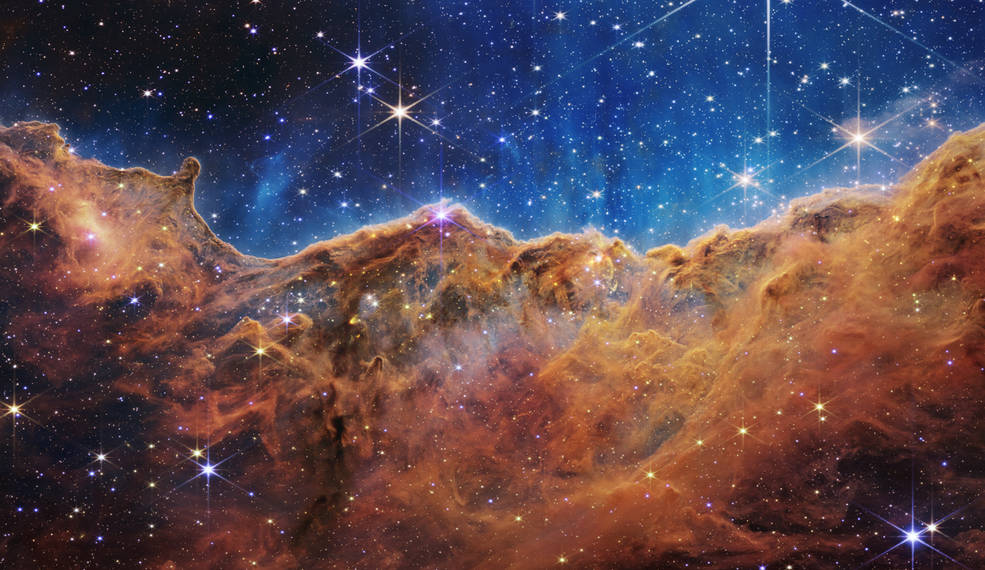
Since launching, Webb's telescope images have included an asteroid-smashing mission and a planet outside of our solar system. Each new image serves not only to increase our understanding of far-out phenomena such as white dwarfs, nebulae, and 'Cosmic Cliffs', but to marvel at how far technology has come since the Hubble Telescope started sending us images back in the 1990s.
The Hubble Space Telescope was launched into low Earth orbit in 1990 and it's still in operation today. Hubble’s cameras are better in sensitivity and resolution than when it was launched, possible through continued upgrades with several NASA space shuttle servicing missions from 1993 to 2009. Hubble – as the only visible light/UV space telescope – is expected to work in synergy with Webb well into the 2030s.
Get the Digital Camera World Newsletter
The best camera deals, reviews, product advice, and unmissable photography news, direct to your inbox!
There's already an official James Webb Space Telescope gallery, where you can see all of Webb's first images and learn more about what they depict. And it's here that NASA has released a fascinating comparison image showing a comparison of the same subject side by side; with one image taken by the James Webb Space Telescope, and the other by the Hubble Space Telescope.
The finest comparison shot is of the famous Pillars of Creation, where you can see most clearly the outstanding difference in image quality and resolution between the two space telescopes. We've included it below in a higher resolution than above – open it in a full window for the best viewing experience.

James Webb Space Telescope camera data captures dreamy Exoplanet Atmosphere
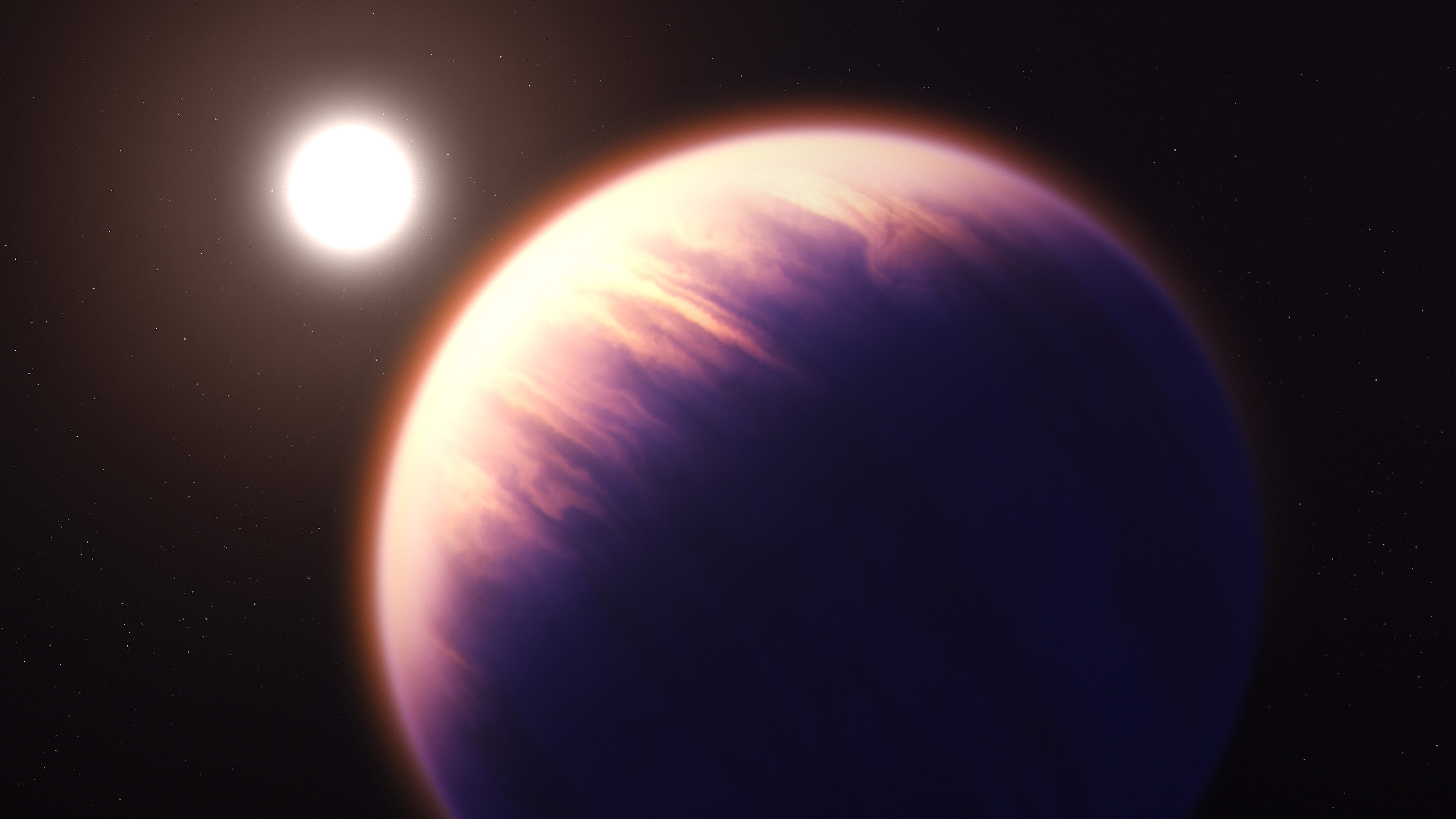
The James Webb Space Telescope has compiled together instrument data that collectively reveal a molecular and chemical profile of an exoplanet atmosphere, WASP-39 b (otherwise known as Bocaprins), as we've never seen before!
The WASP-39 b is said to be a planet that is unlike any other, a gas-filled behemoth and "hot-Saturn" planet that resembles the size of Saturn, and orbits its star eight times closer compared with the distance that Mercury orbits our sun.
The above image is actually an artist's illustration, not a digital image, but it has still been created from the combined data provided by three sensitive instruments on the James Webb Space Telescope (JWST), that include its Near-Infrared Camera (NIRCam). Together these instruments have discovered many firsts in exoplanet science, detecting sulfur dioxide for the very first time in an exoplanet's atmosphere, and therefore providing concrete evidence of photochemistry at play.
James Webb Space Telescope captures messy death of a star system
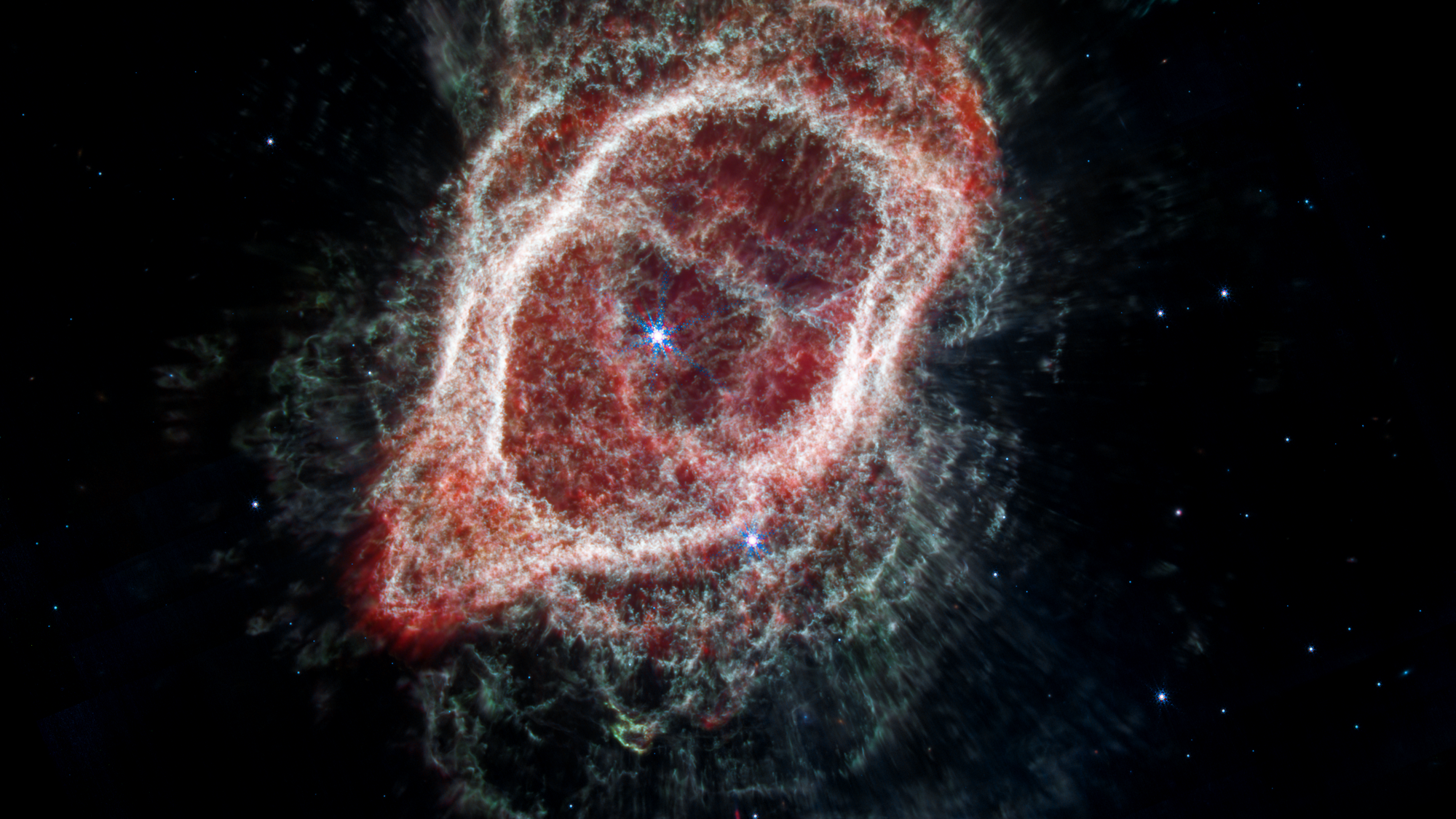
Another Web photo from NASA showed off never before seen stars that together craft the shape of the Southern Ring Nebula. Nasa worked together with the European Space Agency’s Gaia Observatory to put together the data collected by the ESA combining it with the brand new infrared images coming from the James Webb Telescope, to create these stunning images.
The team used this data to calculate the original mass of the star before it ejected the layers of gas and dust that can be seen in these images, with the star now having a mass 60% less than before this expulsion, this helps the scientists wind back the clock and figure out how this nebula was first created.
Orsola De Marco from Macquarie University in Sydney who worked on the project to analyze the data said “With Webb, it’s like we were handed a microscope to examine the universe. There is so much detail in its images. We approached our analysis much like forensic scientists to rebuild the scene.”
James Webb Space Telescope captures a sparkling dwarf galaxy

Following the last "Cosmic Tarantula" image released in time for Halloween, the next image shared by NASA showed "a portion of the dwarf galaxy Wolf–Lundmark–Melotte (WLM)" which gives us an idea of the telescope's amazing ability to resolve faint stars outside of the Milky Way – the galaxy that includes our own Solar System.
One of the best things about the official Webb website is that each image is accompanied by a scientific explanation, in terms that make it easy to understand what's going on in the picture. In this image, information comes from Kristen McQuinn of Rutgers University, one of the lead scientists in Webb Early Release Science (ERS) program 1334, focused on resolved stellar populations.
"WLM is a dwarf galaxy in our galactic neighborhood," she explains. "It’s fairly close to the Milky Way (only about 3 million light-years from Earth), but it’s also relatively isolated. We think WLM hasn’t interacted with other systems, which makes it really nice for testing our theories of galaxy formation and evolution."
Far out! James Webb Space Telescope takes first EVER image of planet outside solar system
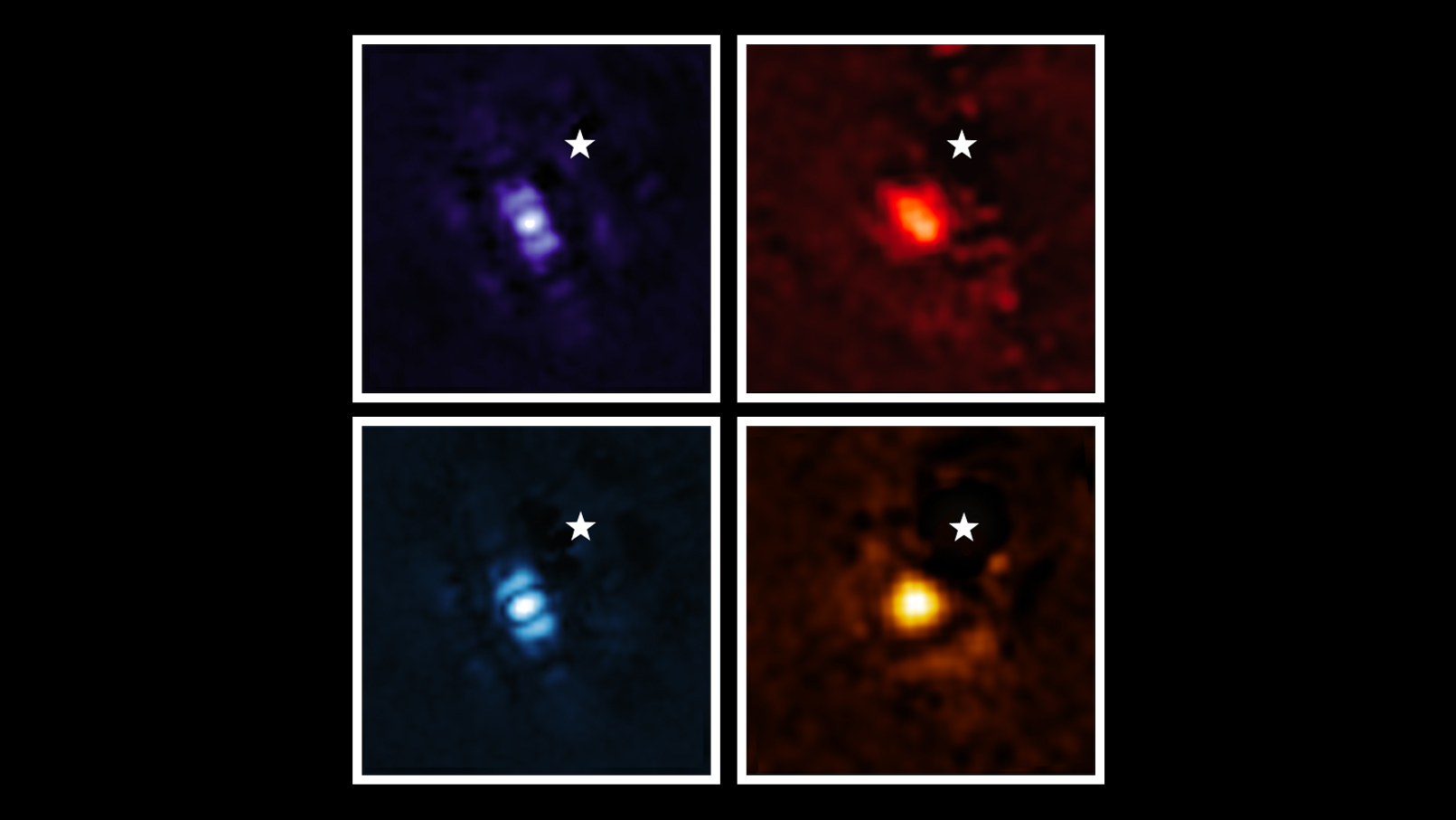
According to the official NASA release, Webb’s powerful infrared gaze "can easily capture worlds beyond our solar system, pointing the way to future observations that will reveal more information than ever before about exoplanets."
Here, astronomers have been able to use the telescope to capture an image of a planet outside our solar system. The inhabitable planet pictured is a gas giant with no solid surface, and it was seen by the telescope through four different light filters.
Talk about out of this world! This is Webb’s first direct image of a planet outside of our solar system, and it hints at Webb’s future possibilities for studying distant worlds: https://t.co/ITcl6RItLaNot what you expected? Let’s walk through the details👇 pic.twitter.com/bCgzW0dcUESeptember 1, 2022
James Webb Space Telescope's 'Haunting' Pillars of Creation image released

The Pillars of Creation is the name given to the view of trunks of interstellar gas found within the vast Eagle Nebula, which are 6,500 light-years away from Earth. The scene was first photographed by the Hubble Space Telescope in 1995 and revisited in 2014, but NASA released a mid-infrared view of the Pillars from the James Webb Space Telescope.
"Trace the topmost pillar, landing on the bright red star jutting out of its lower edge like a broomstick," NASA says. "This star and its dusty shroud are larger than the size of our entire solar system."
View of Saturn’s moon Titan excites scientists
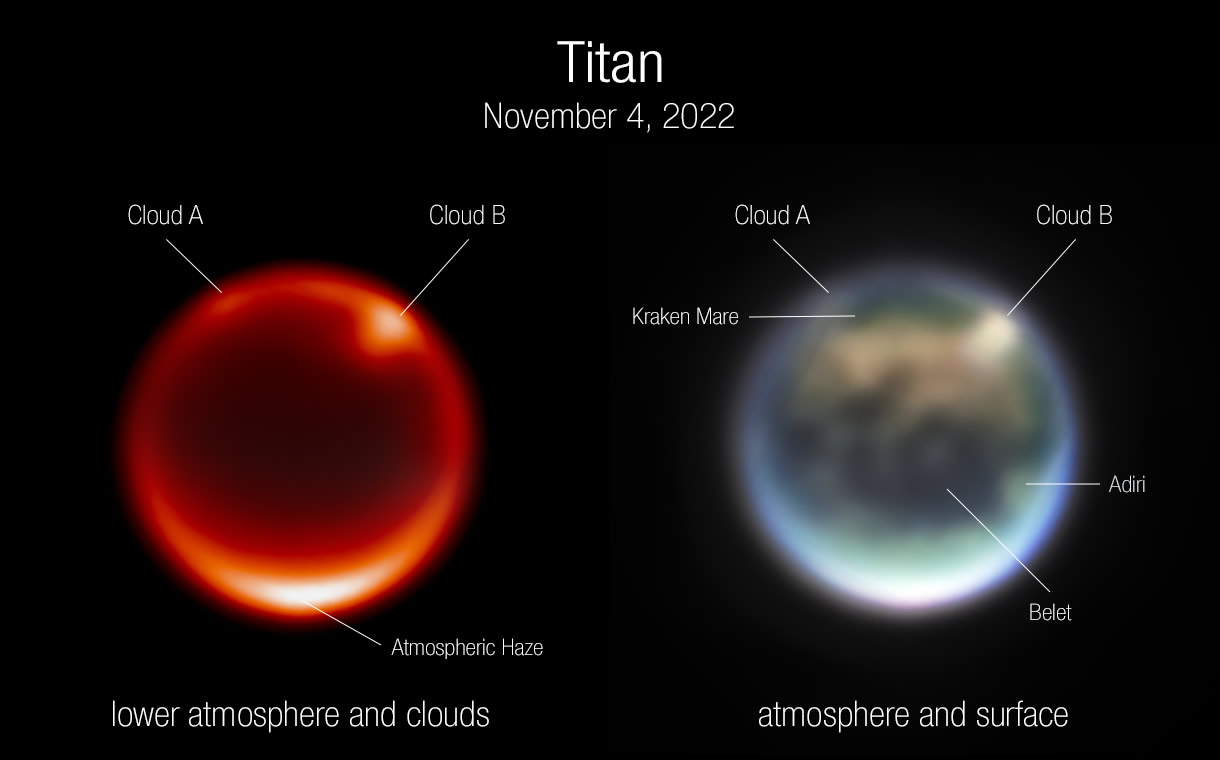
At the beginning of November, scientists got to glimpse the first Webb images of Titan. Thaddeus Cesari explains that scientists had "waited for years to use Webb’s infrared vision to study Titan’s atmosphere, including its fascinating weather patterns and gaseous composition, and also see through the haze to study albedo features (bright and dark patches) on the surface."
Saturn's moon Titan is the only planet other than Earth with rivers, lakes, and seas. But unlike Earth, its dense atmosphere is full of a thick haze that obscures visible light reflecting off the surface.
The teams working on the project compared different images captured by Webb’s Near-Infrared Camera (NIRCam) to confirm that a bright spot was actually a large cloud. "We then realized it was important to find out if the clouds were moving or changing shape, which might reveal information about the airflow in Titan’s atmosphere." They reached out to the Keck Observatory in Hawaii for follow-up observations that could help them to discover more.
We'll report on more James Webb Space Telescope images as they get released, from the angle of imaging than the subjects themselves.
If you're feeling inspired, why not try deep-space photography yourself, and check out the best telescopes for watching the night sky at home?

Lauren is a writer, reviewer, and photographer with ten years of experience in the camera industry. She's the former Managing Editor of Digital Camera World, and previously served as Editor of Digital Photographer magazine, Technique editor for PhotoPlus: The Canon Magazine, and Deputy Editor of our sister publication, Digital Camera Magazine. An experienced journalist and freelance photographer, Lauren also has bylines at Tech Radar, Space.com, Canon Europe, PCGamesN, T3, Stuff, and British Airways' in-flight magazine. When she's not testing gear for DCW, she's probably in the kitchen testing yet another new curry recipe or walking in the Cotswolds with her Flat-coated Retriever.
